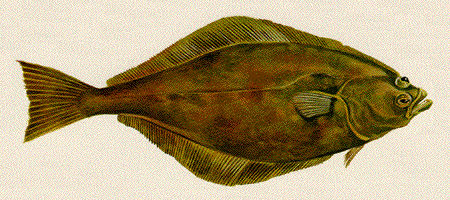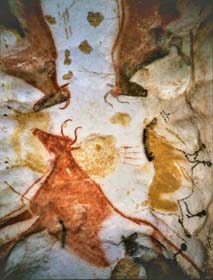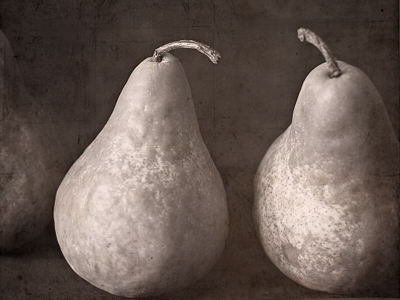Some time back (2005) the BBC conducted a poll in England that asked people to pick out the most popular painting in their land. In a field crowded with van Gogh’s evocative pictures and Monet’s breathtaking impressions, the winner turned out to be a rather ordinary-by-today’s-standards painting by J.M.W. Turner titled the ‘The Fighting Temeraire’. Somewhat more surprising was the fact that the second prize also went to a similarly bucolic oil painting by Constable – ‘The Haywain’. (Arnolfini Portrait by Jan van Eyck was ranked fourth – one of my favorites) more… »
Archives for across the arts
Quotes for Saturday
From The art of looking sideways, by Alan Fletcher. Quotes are by the author, unless otherwise noted.
Gold mining consists of sifting three tons of rubbish for each ounce of gold extracted.
It’s always better to be looked over than overlooked.
-Mae West
The man who can’t visualize a horse galloping on a tomato is an idiot.
-Andre Breton
Thinking is drawing in your head.
Art, like morality, consists in drawing the line somewhere.
-G. K. Chesterton
Visual indeterminacy

Succulus by Robert Pepperell
Robert Pepperell, the Head of Fine Art at Cardiff School of Art & Design, is interested in the phenomenon he calls visual indeterminacy: you see the scene before you clearly, but you don’t know what it is. His article Seeing without Objects: Visual Indeterminacy and Art has helped me put together another piece of the puzzle of what is compelling to me about abstraction and what I mean by abstraction in my own work. Pepperell comes at the question through art history, psychology/neuroscience, and his own drawings and paintings. For example, his painting Succulus is very evocative for me of the figures, draped clothing, and sky on the ceiling of the Sistine Chapel, yet I can’t actually recognize any of that in the picture. As described on his web page:
Halibut Day

Predictability is fine in its place, but it can be overdone. This post is for the halibut. An open thread for anything that comes to mind. Your comments are all.
Seeing Through Art (by Jay)
An issue that has affected the plastic arts of virtually every culture over time is that of visibility, as art has a persistent tendency to be seen. Many attempts have been made to deal with this without any real measure of success. For example, glass as a medium was heralded as a remedy until it was pointed out that, while one could see through the glass, one could usually see the glass as well.
Other initiatives have been undertaken, including a number of experiments with fabric. The extinguishing of lamps has long been employed, as has the closing of doors and windows. These practices have often been criticized as effectively throwing the baby out with the bathwater, but continue to be widely employed. In the mid twentieth century, however, a paradigm shift resulted in at least one person puncturing a balloon in a museum and then declared the helium thus released to be a work of art. The event in question was greeted with the sound of one duck clapping
States of Altered Consciousness

David Lewis-Williams in The Mind in the Cave and Inside the Neolithic Mind postulates that religion has its origins in hard-wired brain functions he calls “states of altered consciousness.” Among these altered states are the hypnogogic (just prior to and awakening from sleep) as well as states induced by consciously chosen activities, for example, rhythmic dancing, meditation, and persistent highly rhythmical sound patterns. And then there are the other well-known states, whether chosen or inflicted, that alter consciousness — ingestion of psychotropic substances, intense concentration, fatigue, hunger, sensory deprivation, extreme pain, migraine, temporal lobe epilepsy, hyperventilation, electrical stimulation, near-death experiences, and schizophrenia and other pathological conditions (Inside the Neolithic Mind, page 46).
These states of consciousness, combined with homo sapiens’ ability to remember the visions that occur in such states, says Lewis-Williams, account for the rise of religion, some social organizations (primarily religious hierarchies), and the early paintings and art found in western Europe at places like the caves of Lascaux well as in the Near East around the upper reaches of the Tigris-Euphrates, Jordan, and Turkey. more… »
Studio as laboratory

I’ve just started reading The Vexations of Art by Svetlana Alpers, in which she draws an analogy between the artist’s studio and the scientific laboratory, both arising at a time (17th C.) when there was a “change in emphasis from theory to practice, or from science considered primarily as the formation of natural laws to science as the making of experiments.”